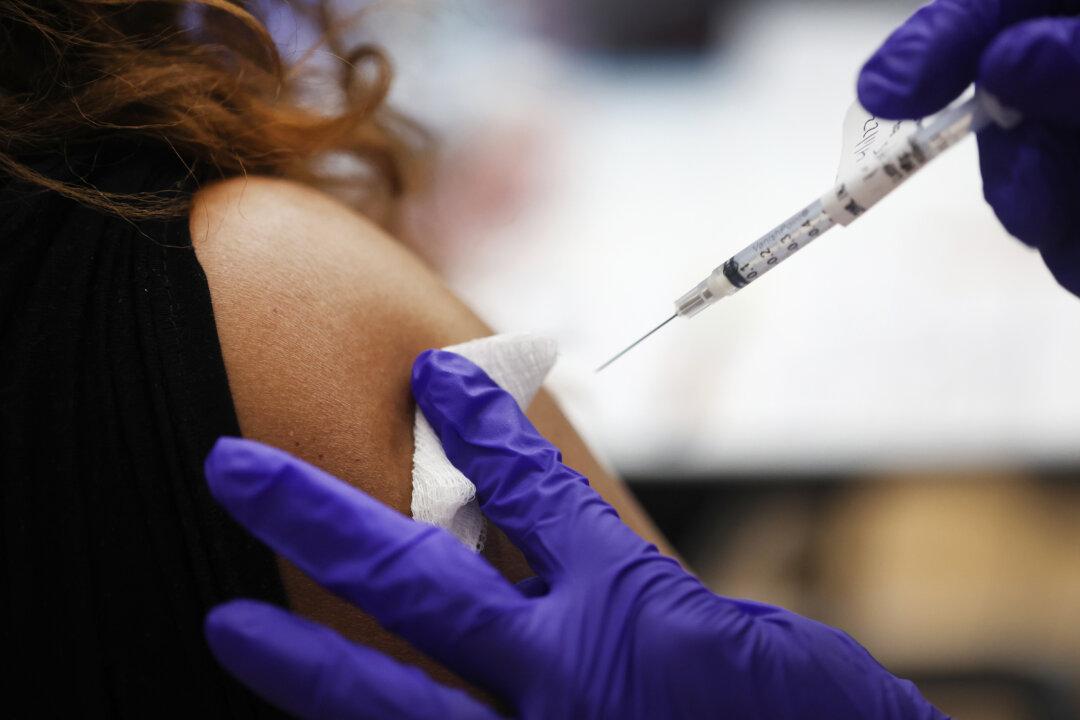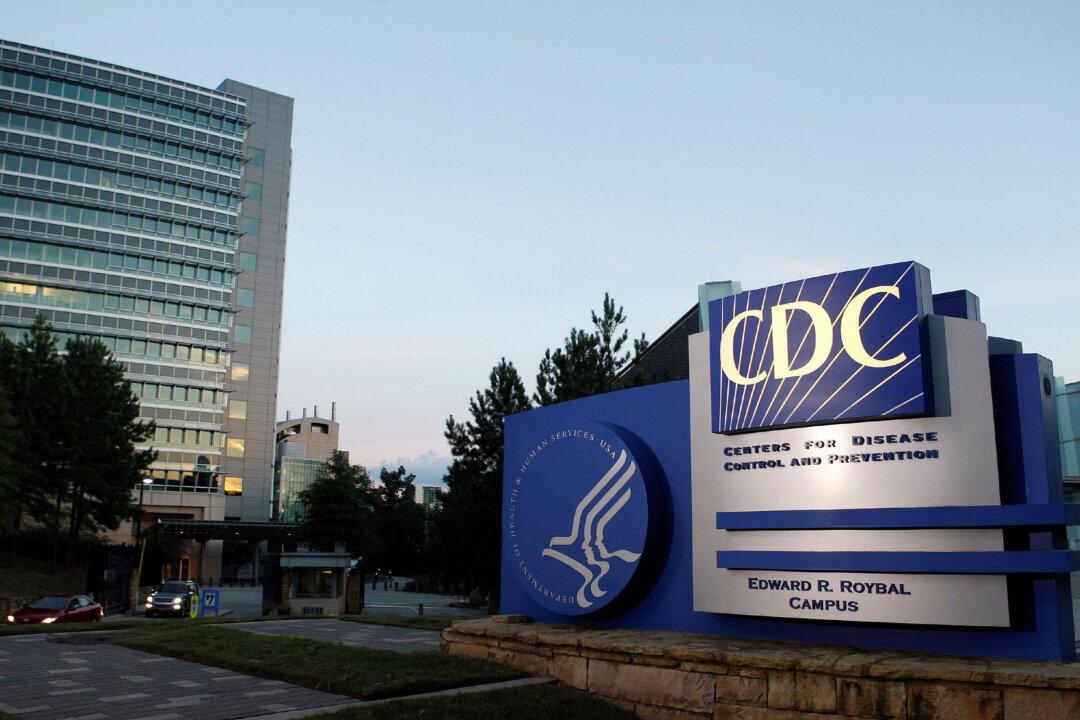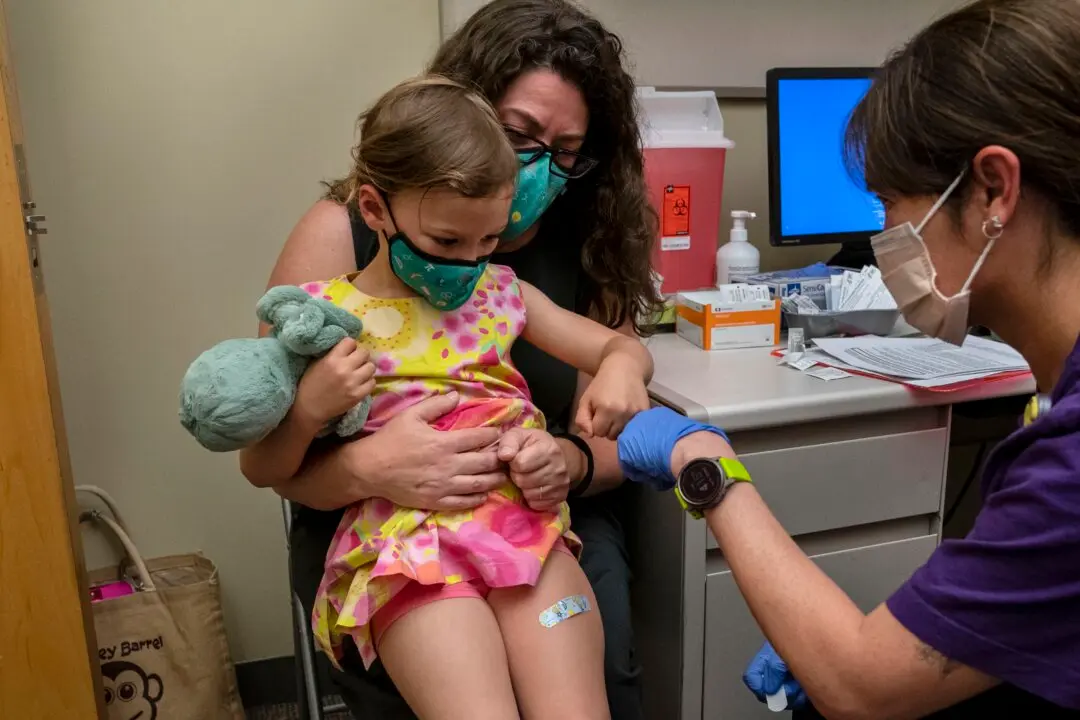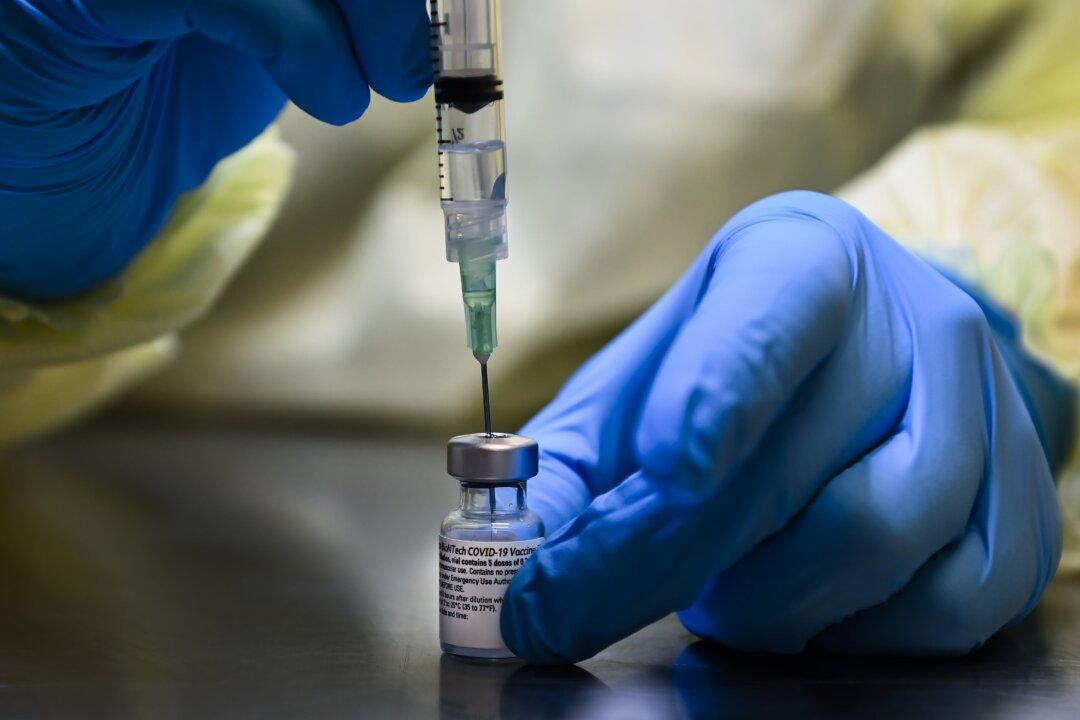Women who both smoke and drink after the first 12 weeks of pregnancy have nearly three times the risk for late stillbirth, according to a new study funded by the National Institutes of Health (NIH) and published online on Aug. 23.
Researchers in the Prenatal Alcohol in SIDS and Stillbirth (PASS) Network found that smoking cigarettes and drinking alcohol past the first trimester of pregnancy was associated with 2.78 times the risk of late stillbirth, defined as a fetal death delivered at 28 or more weeks, compared to those who neither smoked nor drank or stopped both before the end of the first trimester.






